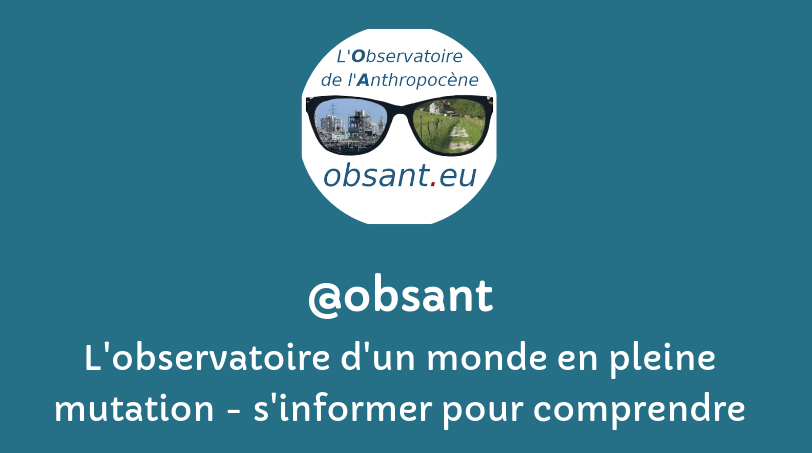Les champs auteur(e)s & mots-clés sont cliquables. Pour revenir à la page, utilisez le bouton refresh ci-dessous.
filtre:
Glacial
Here, we show that the Last Glacial Maximum (LGM) provides a stronger constraint on equilibrium climate sensitivity (ECS), the global warming from increasing greenhouse gases, after accounting for temperature patterns. Feedbacks governing ECS depend on spatial patterns of surface temperature (“pattern effects”); hence, using the LGM to constrain future warming requires quantifying how temperature patterns produce different feedbacks during LGM cooling versus modern-day warming. Combining data assimilation reconstructions with atmospheric models, we show that the climate is more sensitive to LGM forcing because ice sheets amplify extratropical cooling where feedbacks are destabilizing. Accounting for LGM pattern effects yields a median modern-day ECS of 2.4°C, 66% range 1.7° to 3.5°C (1.4° to 5.0°C, 5 to 95%), from LGM evidence alone. Combining the LGM with other lines of evidence, the best estimate becomes 2.9°C, 66% range 2.4° to 3.5°C (2.1° to 4.1°C, 5 to 95%), substantially narrowing uncertainty compared t
Permafrost and glaciers in the high Arctic form an impermeable ‘cryospheric cap’ that traps a large reservoir of subsurface methane, preventing it from reaching the atmosphere. Cryospheric vulnerability to climate warming is making releases of this methane possible. On Svalbard, where air temperatures are rising more than two times faster than the average for the Arctic, glaciers are retreating and leaving behind exposed forefields that enable rapid methane escape. Here we document how methane-rich groundwater springs have formed in recently revealed forefields of 78 land-terminating glaciers across central Svalbard, bringing deep-seated methane gas to the surface. Waters collected from these springs during February–May of 2021 and 2022 are supersaturated with methane up to 600,000 times greater than atmospheric equilibration. Spatial sampling reveals a geological dependency on the extent of methane supersaturation, with isotopic evidence of a thermogenic source. We estimate annual methane emissions from prog
Patagonian ice fields are among some of the fastest-melting glaciers on the planet. As these glaciers disappear, the earth that once lay beneath them is rebounding upwards at rates much faster than expected.
![]()



